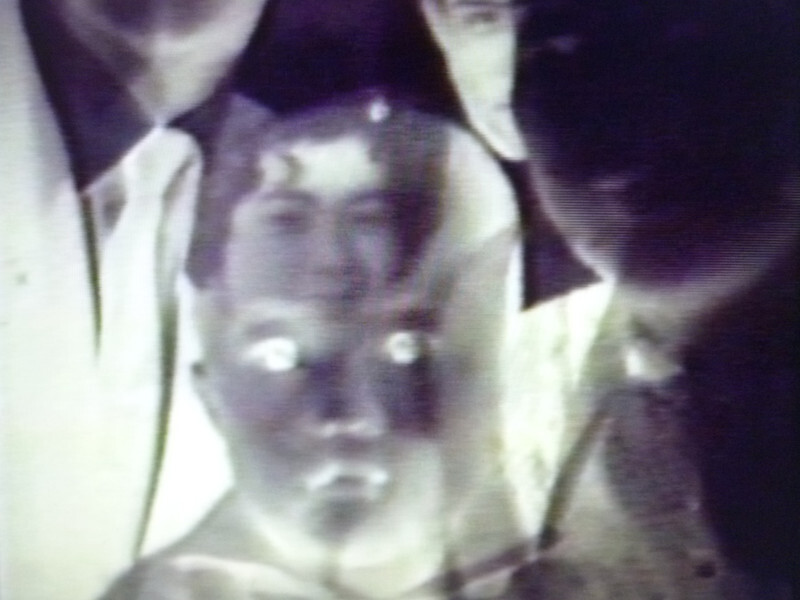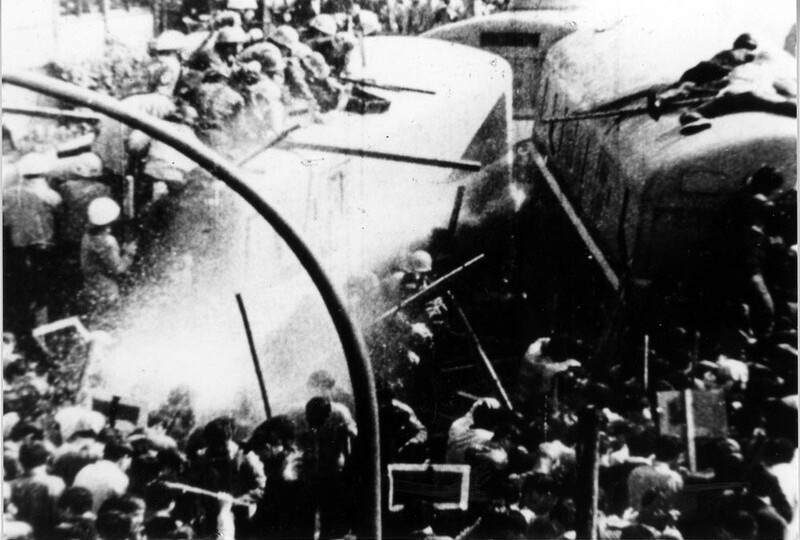Transparent Landscape: Taiwan
Film as an appeal, a testimony, poetry, and a personal reflection. This retrospective of independent Taiwanese documentaries includes borderline experimental or videoart creations with references to actual events, showing interest in political and social issues, as well as the tradition of intimate personal films. This representation of reality is revealed here in images, situations, and characters captured via documentary conventions and experiments with images and sound in poetic and socio-critical videoart – such diverse stylistic positions can be found in the selection of films from the 1930s to 2014. From sophisticated lyrical sketches of the Taiwanese landscape to political manifestos, from personal histories to alarming social testimonies. At the centre of attention is the identity of this island nation, which experienced hegemony by the Japanese in the first half of the 20th century and by the Chinese in the second half. Since the 1990s, it has enjoyed relative political and cultural freedom. How has the desire for self-expression made an impression on documentary films that emerged outside the audiovisual propaganda line?
The oldest Taiwanese documentary film, Taiwan Jikkyo Shokai (An Introduction to the Actual Conditions in Taiwan), filmed in Taiwan by Japanese filmmaker Takamatsu Toyojirem in 1907 is considered to be lost. The oldest preserved documentary can be considered to be the short work of amateur filmmaker DENG Nan-guang (1907–1971) from the 1930s. He filmed the original inhabitants, nature; he experimented with film techniques and created, for example, time-lapse shots of plants. The filmmaker’s approaches, including production techniques, are suggestive reminders of torture methods in Lingchi – Echoes of a Historical Photograph (2002, CHEN Chieh-jen) or, as we can see in the films in the first block of the retrospective, offer biased observation of the rural countryside, nature, and urban landscapes.
Just as underground filmmaking sprang up in the Eastern Bloc in the 1980s and in Czechoslovakia specifically the alternative journalism of Originální videojournal, Taiwan had its Green Team, which taped reportage journalism on VHS to create a counterpoint to the political interpretation of events in official media. From 1986 to 1990, they created 37 films which provided an alternative view on social and political issues in the country in counterpoint to the official propaganda present everywhere in the media. As part of the retrospective, we’ll see excerpts of Green Team reports side by side with contemporary TV news reports in order to compare how information about the same events was handled. Green Team members faced unremitting political obstruction and pressure, so to get their message out as quckly as possible, they distributed VHS tapes and sold them in places such as during elections or areas of unrest. In 1989, they even managed to begin broadcasting on satellite television – the first Taiwanese independent TV channel “from the people for the people” – warning of the false arguments of the ruling Kuomintang. We won’t look back on the protests against the trade agreement with China, which concealed within itself the creation of political ties, with any of the many journalistic outputs, but rather through powerful works of video art in which protesting students leave their marks at the university where they held a strike.
Modest intimate portraits, monothematic studies, as well as polyphonic speeches and analytical insights into the political and social framework of everyday life show the beginnings and subtle expressions of cultural identity on this island nation. Observational, engaged, and staged films show the diversity of creative methods in Taiwanese independent documentary filmmaking.
We'd like to offer special thanks to Ms Peihue Chung and Mr Wood Lin for their assistance with research and preparing the retrospective.



